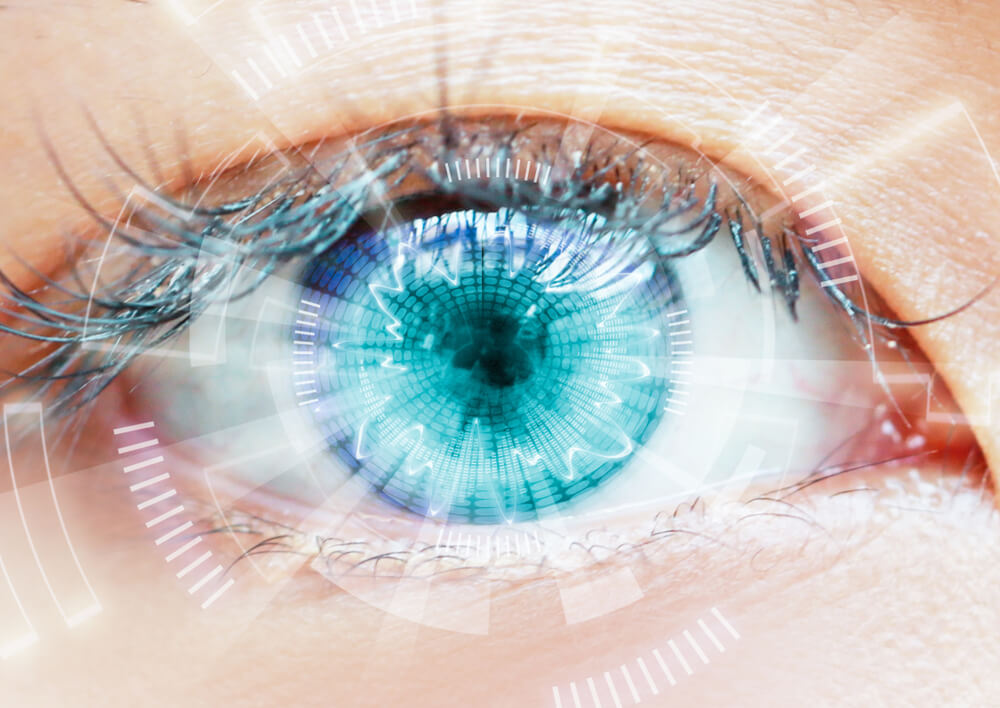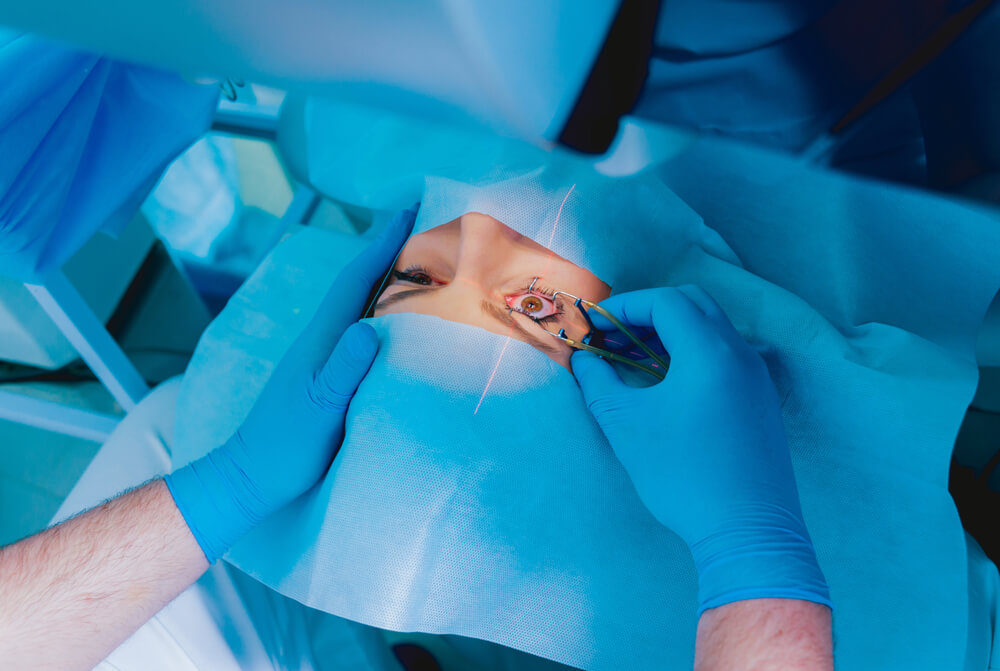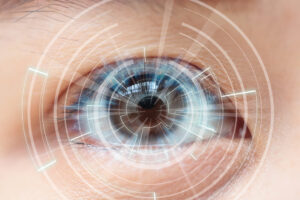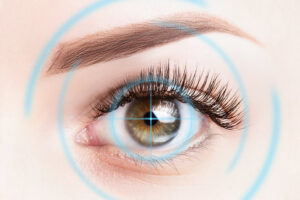
What Is LASIK?
Experts categorize LASIK as a refractive eye surgery in which lasers are used to correct vision problems. LASIK corrects several refractive errors, which most often occur when the eye can’t bend (or refract( light as it should.
In this article, our expert LASIK surgeons, working in our state-of-the-art LASIK clinic in New York, delve into the topic of LASIK, explaining how the procedure works, its main benefits, and also touch bases on questions such as recovery and results.
How Does LASIK Work?
To begin, laser vision correction offers a promising solution for individuals seeking an alternative to corrective eyewear like glasses or contact lenses to enhance their visual acuity. Nevertheless, several essential aspects concerning LASIK warrant consideration before arranging a consultation with your ophthalmologist.
Starting with the fundamentals, how does LASIK operate? The procedure is designed to modify the curvature of the cornea, thereby enhancing the manner in which light is directed onto the retina, leading to improved vision.
The cornea, situated as the outermost layer of the eye, assumes a convex shape and is composed of transparent tissue. It collaborates with the eye’s lenses to refract light before it reaches the retina, positioned at the rear of the eye. Upon reaching the retina, light triggers the generation of electrical signals that are then transmitted to the brain, shaping our visual perception.
Nonetheless, when the cornea’s shape deviates from the norm, it can distort the trajectory of light, causing it to miss its intended course to the retina, consequently resulting in blurred vision.

What Does a LASIK Surgeon Treat?
Laser vision correction is capable of treating the following conditions:
- Myopia or nearsightedness: In this condition, people don’t have any problems seeing objects up close, but those further away may appear blurred or fuzzy.
- Hyperopia or farsightedness: People with hyperopia usually see objects better from a distance than up close.
- Presbyopia or age-related hyperopia. As we age, the lenses of our eyes become less flexible. And because of this, it can become challenging to see things up close. As LASIK targets the cornea, it can’t treat presbyopia per se, but with the monovision, or blended vision technique, LASIK can correct one of the eyes for near and the other for distance vision. This improves the patient’s close-up vision.
- Astigmatism: This condition causes blurred vision when you are looking at objects at any distance due to irregularities in the shape of the cornea, occurring along with hyperopia and myopia.
Laser vision correction changes the cornea’s shape improving one’s eyesight to near normal or normal. Still, as our eyes change naturally as we age, our vision may change even after having LASIK. This is a normal part of aging. That said, presbyopia usually starts to develop around age 40, so at some point, even those who have LASIK may need reading glasses to help with their close-up vision.
LASIK Eye Surgery: The Procedure
In essence, during the procedure, your LASIK surgeon uses a laser to reshape the cornea, changing how the light hits the retina and improving your vision.
Before surgery, you will speak with your ophthalmologist or optometrist to learn more about preparation. Usually, you will be advised to stop using makeup, lotion, ad perfume before the day of the procedure. These products can easily get into the eye, raising the risks of infection.
During surgery, the following steps will take place:
The surgical process begins with the application of numbing drops to your eyes, ensuring you are free from discomfort.
Subsequently, a suction ring and eyelid speculum will be gently positioned on your eye by the surgeon. These devices serve to maintain your eyes in the precise position required and prevent unintended blinking.
Your doctor will then proceed to create a delicate flap within the cornea. This flap is meticulously lifted and folded back. Following this step, you will be asked to concentrate on a targeted light directed toward your eye.
The surgeon will utilize a laser to meticulously reshape the cornea as your focus remains on the light.
Upon completion of the laser adjustment, the corneal flap will be delicately repositioned by the surgeon.
The entire procedure takes only around half an hour or even less. During this time, you will only have to stare at the light for no more than half a minute.
Right after laser vision correction, your vision be relatively clear and will become clearer as your cornea heals. You will be on your way home after the procedure, even though someone will have to drive you home. Additionally, your surgeon may give you the following:
- A shield for your eyes to protect them and to prevent you from touching your eyes.
- Lubricating eye drops to help with dry eyes
- Antibiotic drops to avoid infection
- Steroidal eye drops to combat inflammation.
In most cases, patients will have 90% of their best vision possible (or more) after surgery. Still, it’s important to note that during the first week after surgery, patients may experience:
- Watery eyes
- Dry eyes
- Mild pain and discomfort in the eyes
- Light sensitivity
- Puffy eyelids
The Benefits of LASIK
LASIK surgery presents an opportunity to achieve clear and sharp vision, liberating you from the necessity of glasses and contact lenses. About 98% of individuals who go through LASIK express contentment with the results. Nonetheless, those who express discontent may have held expectations of achieving flawless vision without relying on corrective eyewear, a goal that might not always be realistic. Consulting with an ophthalmologist is essential to grasp the feasible level of vision correction that applies to your specific case.
Subsequent to LASIK surgery, roughly 99% of individuals attain a vision of 20/40 or better (without glasses). This level of vision is considered satisfactory for meeting the criteria of a driver’s license eye examination. Additionally, more than 90% of individuals attain 20/20 vision (without glasses), underscoring the success of the procedure.
Ask a LASIK Surgeon: Is The Procedure Safe?
Numerous research studies and clinical trials have conclusively demonstrated the safety of laser vision correction. Notably, a substantial participation of over 9,000 individuals took place in clinical trials solely within the US between 1993 and 2005. Additionally, an extensive number exceeding 7,000 research studies have been undertaken on this subject. The collective evidence overwhelmingly affirms LASIK as a secure procedure, and its safety continues to improve due to technological advancements. To provide context, the probability of encountering complications is already well below 1%.
Still, it’s essential to understand that all types of surgery include some risks. That’s why it’s important to talk to your optometrist or ophthalmologist about LASIK eye surgery to see whether you are a good candidate or not. For example, LASIK may not be your best option if you have chronic medical conditions that may negatively affect healing.
Recovery
Patients usually recover very quickly, and most will return to their normal schedules within a few days. Still, patients should limit some activities to allow their eyes to heal. Always follow the advice of your ophthalmologist. Here are some general recovery guidelines:
- Wait at least two weeks to put on makeup or to use lotion near your eyes.
- Wait at least three days before returning to exercise.
- Wait at least two weeks to return to contact sports.
- Wait at least two weeks before returning to swimming.

Learn More from Experts
In all honesty, there’s a lot more about LASIK that we haven’t covered in this article. Are you a good candidate? If not, what other options do you have to get rid of your glasses and contacts? To learn more about LASIK and other procedures we perform, feel free to contact the experts here at Diamond Vision.
We’re ready to help you regain your visual freedom.
Contact Us
If you have more questions about LASIK procedures, get in touch with us.
Related Blogs

Timing is Everything: When to Consider LASIK After Nursing for Optimal Results
Timing is everything when considering LASIK eye surgery after nursing, and understanding the optimal period for this procedure is vital for both mother and baby.

Cataract Surgery: Restoring Clarity and Confidence
Cataract surgery is a transformative procedure that offers a new lease on clear vision and renewed confidence. As cataracts cloud the eye’s lens, causing blurred

Intralase LASIK Explained: What to Expect Before, During, and After the Procedure
Intralase LASIK is a cutting-edge procedure that offers a safe, effective, and precise way to enhance vision compared to traditional LASIK methods. Understanding what to
